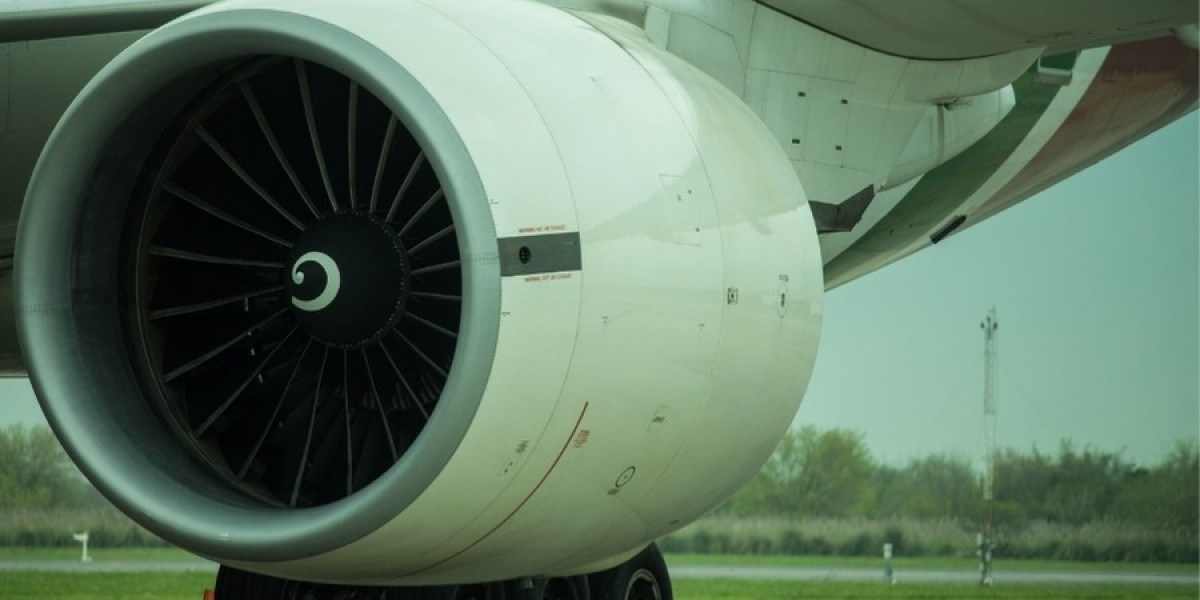Introduction
From rockets piercing the edge of space to aircraft cruising silently on autopilot, aerospace technology is redefining how humanity travels, explores, and connects. For engineering graduates ready to go beyond the basics, an M.Tech in Aerospace Engineering is a gateway into this high-tech world. This program isn’t just about aerodynamics and engines—it’s about solving tomorrow’s challenges in propulsion, flight mechanics, and space systems while building careers in aviation, defence, and space exploration.
What is Aerospace Engineering?
Aerospace Engineering is the study and application of technologies that power aircraft, spacecraft, and advanced defence systems. It combines aerodynamics, propulsion, flight mechanics, avionics, structures, and materials science to design and improve flying machines.
At the postgraduate level, an M.Tech in Aerospace Engineering goes deeper, focusing on advanced simulations, research, and specialised tools like MATLAB/Simulink, ANSYS (CFD/FEA), and CATIA/NX. Students also work on projects related to satellite systems, propulsion modelling, and aerodynamic optimisation, preparing them for careers in research and high-tech industries.
Aerospace vs Aeronautical
These two fields, often used together in explanation, differ in scope:
Aeronautical Engineering focuses on the design and performance of aircraft operating within Earth’s atmosphere.
Aerospace Engineering covers both aircraft and spacecraft, including rockets, satellites, and re-entry vehicles.
Admissions and Eligibility for M.Tech in Aerospace Engineering
To pursue an M.Tech in Aerospace Engineering, students need a solid background in engineering. The typical requirement is:
A B.E. or B.Tech in Aerospace, Aeronautical, Mechanical, or related fields,
With at least 50–60% marks from a recognised university.
Many institutions shortlist candidates through GATE scores, as it remains the benchmark for postgraduate engineering admissions in India.
Apart from marks and entrance tests, some universities also conduct personal interviews or written tests to assess subject knowledge and research aptitude. Internationally, admissions may consider a combination of GPA, recommendation letters, and research interests.
M.Tech without GATE?
Yes, it is possible. While premier institutes like IITs and IISc require GATE, several private universities and deemed institutions offer admission without GATE scores, often through their own entrance exams or merit-based selection. In such cases, candidates may not qualify for GATE-linked scholarships, but they can still enrol and benefit from advanced learning, research exposure, and placement opportunities.
Career and Salary in Aerospace
An M.Tech in Aerospace Engineering opens doors to research, defence, aviation, and space industries. Here’s a snapshot of popular roles, recruiters, and salary ranges:
Role | Key Work | Top Recruiter | Salary Range |
Aerospace Design Engineer | Aircraft & spacecraft design using CAD/CFD | HAL, Airbus, Boeing | ₹6–10 LPA (India), $70k–90k (US) |
Propulsion Engineer | Jet engines, rocket propulsion, combustion analysis | ISRO, DRDO | ₹7–12 LPA (India), $80k–100k (US) |
Flight Control & Avionics Engineer | Guidance, navigation, and control systems | BEL, Collins Aerospace, NASA | ₹6–11 LPA (India), $85k–110k (US) |
Research Scientist | Advanced aerospace projects & testing | ISRO, DRDO, NAL | ₹8–15 LPA (India), $90k–120k (US) |
Structural/FEA Engineer | Stress, fatigue, and aeroelastic analysis | Tata Advanced Systems, Safran | ₹6–9 LPA (India), $75k–95k (US) |
Why Pursue M.Tech in Aerospace Engineering at IIAEIT?
IIAEIT Pune stands out as one of India’s leading institutions for aerospace education, offering a practice-driven approach that connects classrooms with industry.
22+ years of excellence in aerospace, avionics, and defence education
Programs delivered at the Dept. of Space Engineering, Ajeenkya DY Patil University
Advanced labs with CAD, CFD, propulsion rigs, and avionics systems
Value-added learning: Python for Aerospace, Advanced CFD, 3D Modelling
Strong industry links with ISRO, DRDO, HAL, Tata Advanced Systems
Opportunities for research projects, internships, and live industry exposure
Dedicated placement support, with alumni in top aerospace and defence firms
Conclusion
An M.Tech in Aerospace Engineering is more than a postgraduate degree; it’s an entry into the future of aviation and space exploration. From designing advanced aircraft to shaping next-gen satellites, this program equips students with the expertise to innovate at the highest level. For those ready to combine passion with precision, institutes like IIAEIT Pune provide the perfect launchpad to turn academic learning into real-world impact.
FAQs
What is the scope of M.Tech in Aerospace Engineering?
It offers careers in aircraft design, propulsion, defence, and space research with opportunities at ISRO, DRDO, HAL, global aerospace firms, and research organisations.Can I do M.Tech in Aerospace Engineering without GATE?
Yes. While IITs and IISc require GATE, many universities, including IIAEIT Pune, accept students through merit or institutional entrance tests, though GATE offers scholarship advantages.What are the career options after M.Tech in Aerospace Engineering?
Graduates work as aerospace design engineers, propulsion specialists, avionics engineers, research scientists, and test engineers in aviation, defence, UAV startups, and global aerospace companies.Which tools are used in Aerospace Engineering?
Students and engineers use MATLAB, Simulink, ANSYS (CFD/FEA), CATIA/NX, CAD, and propulsion test rigs for designing, simulating, and analysing aircraft, spacecraft, and aerospace systems.
Is M.Tech in Aerospace Engineering worth it?
Yes. With growing defence projects, private space ventures, and international demand, M.Tech Aerospace provides strong research exposure, global career opportunities, and high earning potential.






